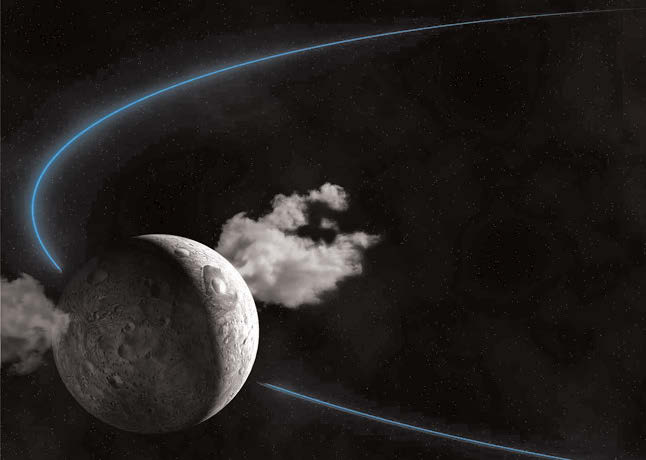
LONDON (TIP): A specimen of moss that has been buried frozen in the Antarctic permafrost for over 1,500 years has suddenly sprung back to life. Interestingly, getting them to grow didn’t even take any coaxing.
Researchers from the British Antarctic Survey and Reading University found that this moss specimen came back to life and grow once again in what is the longest period of time that frozen plants have been able to survive. Mosses are an important part of the biology of both the polar areas. They are the dominant plants and are the major store houses of fixed carbon. Previously, moss was known to survive being frozen for about 20 years — surviving for a millennium or more suggests the plants may be able to survive an ice age.
For the first time, this vital part of the ecosystem has been shown to have the ability to survive century to millennial scale ice ages. Professor Peter Convey from the British Antarctic Survey explains: “What mosses do in the ecosystem is far more important than we would generally realize when we look at a moss on a wall here for instance. Understanding what controls their growth and distribution, particularly in a fast-changing part of the world such as the Antarctic Peninsula region, is therefore of much wider significance.” The team took cores of moss from deep in a frozen moss bank in the Antarctic.
This moss would already have been at least decades old when it was first frozen. They sliced the frozen moss cores very carefully, keeping them free from contamination and placed them in an incubator at a normal growth temperature and light level. After only a few weeks, the moss began to grow. Using carbon dating, the team identified the moss to be at least 1,530 years of age and possibly even older, at the depth where the new growth was seen.
“We actually did very little other than slice the moss core very carefully,” Convey said, adding that they also make sure not to accidentally get any other life forms in the mix. They placed the sliced and seemingly lifeless mosses in an incubator environment at a normal growth temperature and light level, and voila, new shoots of the parent species began to appear. While 1,500 years on ice is impressive to say the least, the findings suggest that it may be possible for mosses to persist for even longer.
According to Professor Convey: “This experiment shows that multicellular organisms, plants in this case, can survive over far longer timescales than previously thought. If they can survive in this way, then decolonization following an ice age, once the ice retreats, would be a lot easier than migrating transoceanic distances from warmer regions. It also maintains diversity in an area that would otherwise be wiped clean of life by the ice advance.”





Be the first to comment